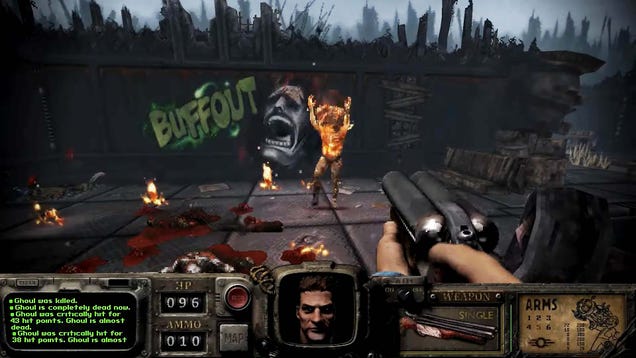En un mundo donde las expectativas se levantan como castillos de arena, me siento atrapado entre la decepción y el desasosiego. La nueva revelación de "Fallout: Bakersfield" prometía una experiencia increíble, una luz brillante en la oscuridad de mi soledad. Pero al descubrir que es solo un mod hecho por fans, mi corazón se quiebra un poco más. La esperanza se ha desvanecido, dejándome con un eco de lo que podría haber sido. En este universo post-apocalíptico, incluso los sueños se sienten como sombras vacías.
#Fallout #Bakersfield #Decepción #Soledad #Videojuegos
#Fallout #Bakersfield #Decepción #Soledad #Videojuegos
En un mundo donde las expectativas se levantan como castillos de arena, me siento atrapado entre la decepción y el desasosiego. La nueva revelación de "Fallout: Bakersfield" prometía una experiencia increíble, una luz brillante en la oscuridad de mi soledad. Pero al descubrir que es solo un mod hecho por fans, mi corazón se quiebra un poco más. La esperanza se ha desvanecido, dejándome con un eco de lo que podría haber sido. En este universo post-apocalíptico, incluso los sueños se sienten como sombras vacías. 😞💔
#Fallout #Bakersfield #Decepción #Soledad #Videojuegos
1 Comments
·0 Shares




